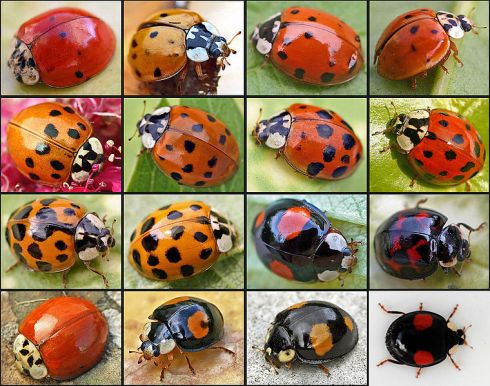Ladybugs, once the championed protectors of backyard gardens, are showing spots of a less flattering color, and their public image looks like it could be taking an even bigger turn for the worse. A new study has found that invasive Harlequin ladybugs crossbreeding with a species of flightless ladybugs are creating a super strain of a buggy pest.
In recent years, ladybugs have taken their voracious appetites around the world, and they don’t just gobble up target insects. Couple this with plagues of ladybugs infesting homes, and you’ve got an unseemly problem on your hands.
To fight their spread, flightless ladybugs were released as a biological control agent. The idea being that the walk-only ladybugs wouldn’t spread as far as quick. Harlequin’s aren’t to be put off it would seem. The two types of ladybugs can hybridize, giving rise to offspring that are larger, faster-growing, and generally more robust than either of its parent species. Preliminary research suggests that the cross-bred young are even better-equipped to deal with starvation.
The findings by BenoÎt Facon of UMR Centre de Biologie et de Gestion des Populations in Cedex, France, and his colleagues are just a beginning. Researchers want to test multiple generations of hybrid and subject them to different conditions to unravel the magnitude of the Harlequin ladybug dilemma.
You can read more about their discoveries in the current issue of Evolutionary Applications.



December 31st, 2010 at 4:05 pm
I once stayed at a bed & breakfast that was infested with ladybugs. It was weird but sort of cute, too.
May 30th, 2011 at 6:19 am
This Bug is a pest. It is around Belfast for the past two years and is multiplying at a scaring rate.